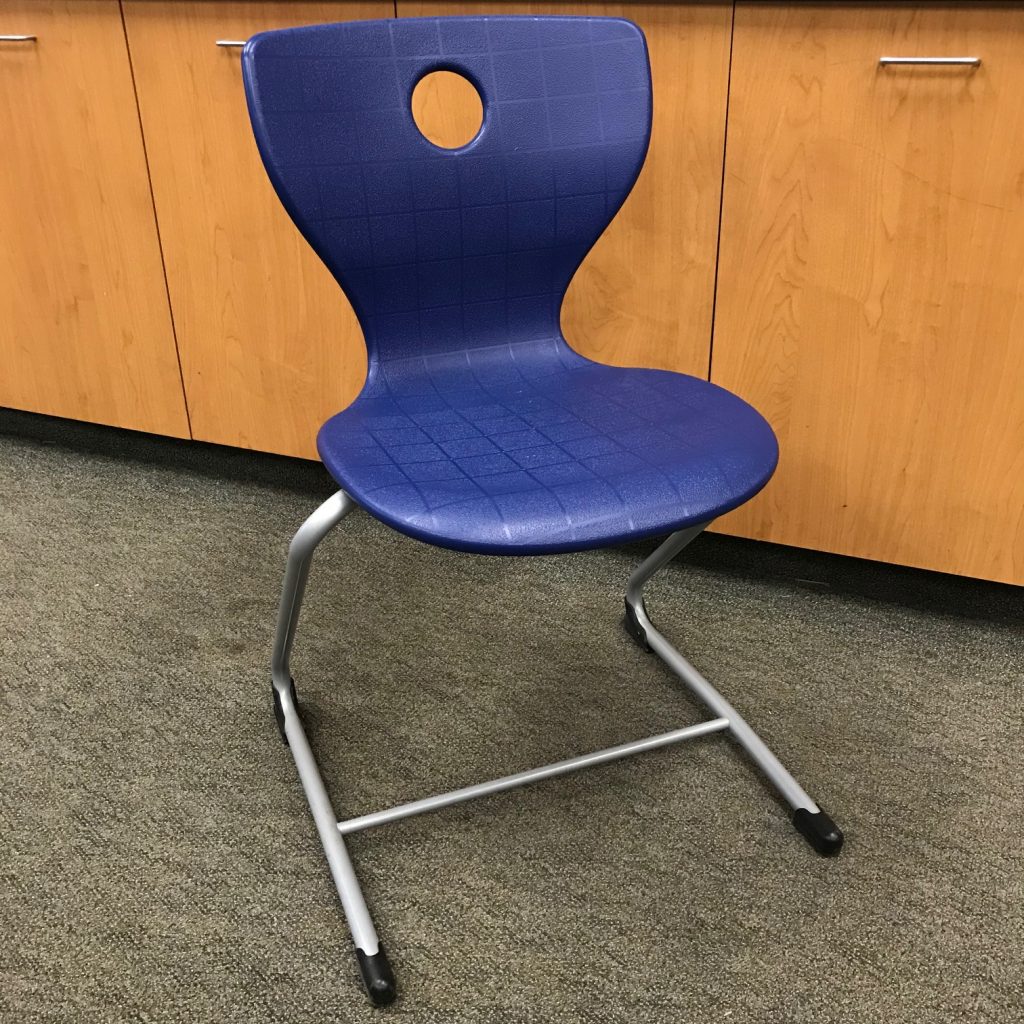
The following article informed and affirmed our thinking and decision when selecting the new chairs – the VS PantoSwing-LuPo chairs – for grades 3-8, the Library, and the Science Lab this year. These chairs follow every movement of the body, simultaneously prompting the posture to change continuously. It adapts itself consistently to the needs of the user – it does not block movement; it supports movement.
By Dr. Dieter Breithecker
Successful learning must engage the body, the mind, and the soul. One reason that traditional teaching involves students sitting rigidly in their assigned seat is that many people still believe the brain is somehow separate from the body and that the body is not used when we learn.

Constantly telling students to sit still or to sit up straight reinforces the unfortunate disapproval that some teachers have traditionally shown towards the natural movement needs of children. Combined with the static design of most academic furniture, students are deprived of critical physical and sensory experiences that are essential for physical and mental growth.
Developing children have become accustomed to passive-receptive physical behaviors and quickly fall into a trap of inactive sitting. Through this, physical development can become unbalanced. Inactive sitting places greater stress on the tissues and systems of developing bodies. Students forced to remain still in a physically static environment become more uncomfortable, more tired, and less productive. In fact, the number of students who develop sitting-related musculoskeletal symptoms and disorders continues to increase.
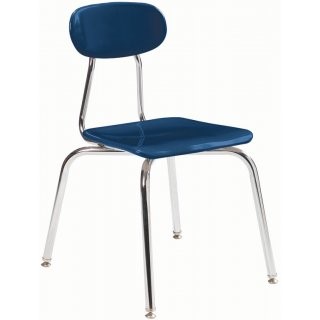
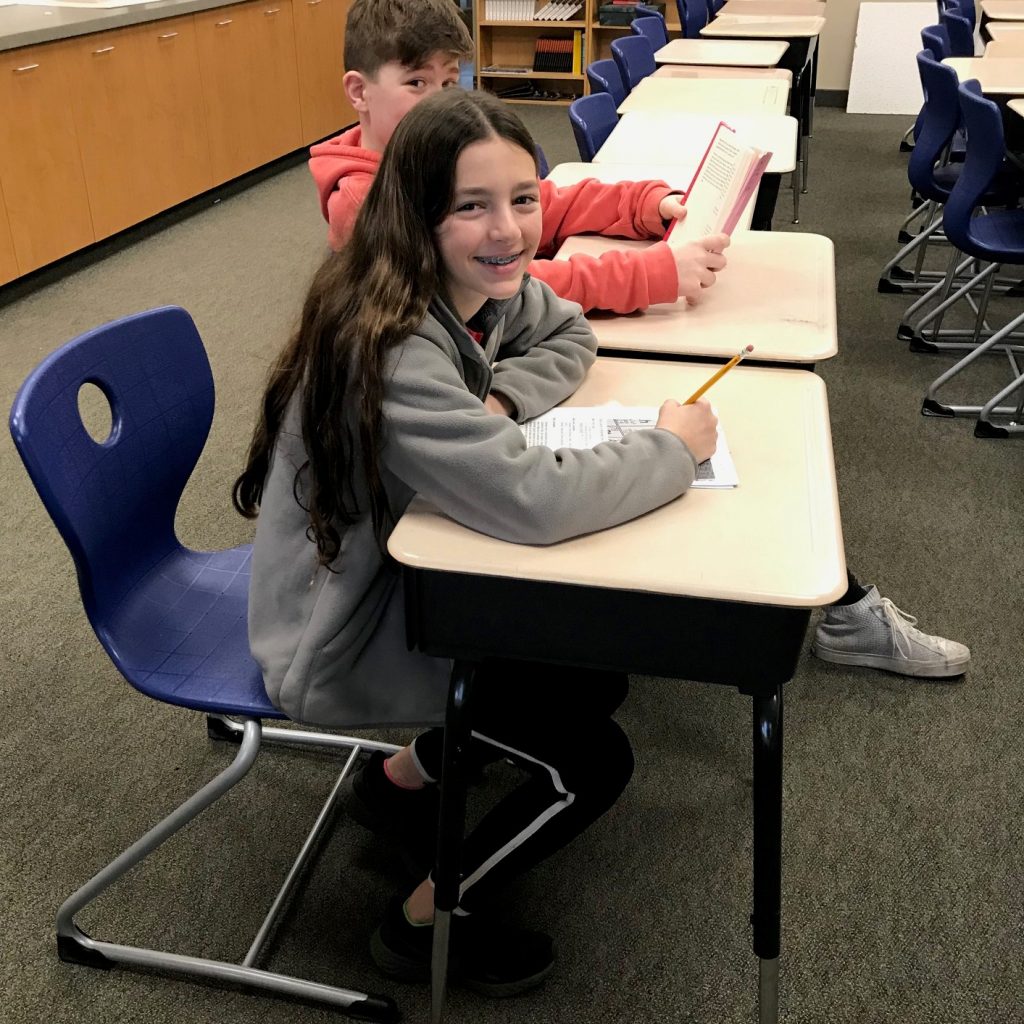
The human body is not designed to be static. Numerous scientific studies have shown important interconnections between body, mind and soul. Human development is dependent upon movement. Physical movement increases oxygen supply and is essential for stimulating cognition. When students are physically engaged, specific hormones are released that have a positive influence on brain activity. As a result, attention spans grow longer, and the ability to concentrate improves. Research proves that this relationship between movement and brain activity leads to better academic results. Research has shown that giving students increased opportunities to move while seated (i.e., rocking or swiveling) triggers increased levels of attention and concentration during test taking.

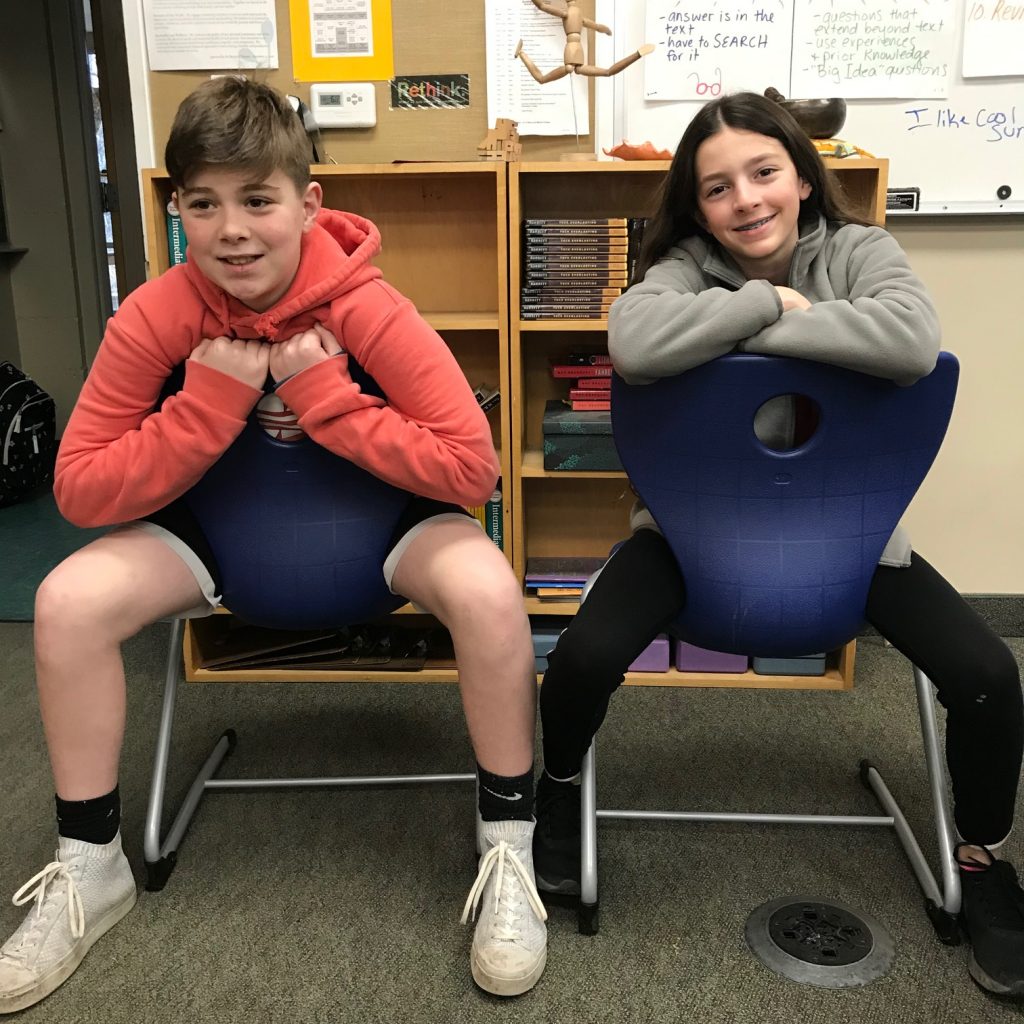
Therefore research showing the interconnection between moving and brain activity invalidates the commonly held notion that moving is somehow counterproductive to paying attention. A student leaning back, fidgeting or tilting her/his chair is generally exhibiting healthy active behavior – not hyperactivity. This behavior is the body’s way of supporting the brain. For students to be appropriately engaged, both physical and mental states need to be focused on working together. Once this goal is accomplished, the challenge then becomes how to design classroom furniture – and classroom activities – that meet the physical and mental needs of the developing human body and mind.
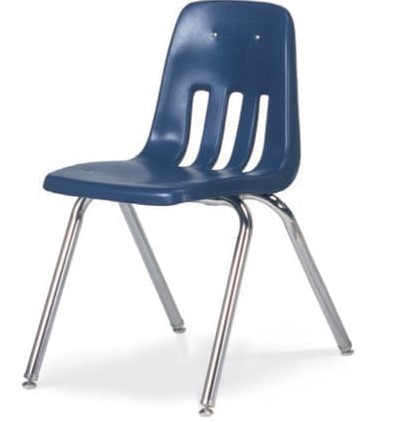

Because the natural behavior of children is fundamental in the design and function of classroom chairs, students need furniture that can help them twist, rock back and forth, and swivel around. Resulting from normal subconscious activities, fidgeting is a natural strategy the brain relies on to ensure the physical and mental survival during periods of sustained concentration and immobility. Therefore by allowing small movements during class, teachers and ergonomic furniture can increase a student’s ability to concentrate and develop normally. Unfortunately, our society is used to the constraints of traditional furniture, so it will take time for people to begin thinking outside the box. The design of the human working space is based on the knowledge that the body, and particularly the growing body, is not made to sit still for long periods of time.
Students aged…
- 6-10 can’t sit still more than 5 minutes on average.
- 11-15 can’t sit still more than 15 minutes on average.
- 15-20 can’t sit still more than 25 minutes on average.

Because a sitting student is in a constant physical relationship with one’s chair, school chairs need to be able to accommodate a range of natural movements – not hinder them. This active seating has a natural rhythmic effect on the entire postural system.
Active seating has the following benefits:
- Spinal positions are regularly shifted
- Intervertebral disks are continuously flooded with nutrients
- Complex back muscles are stimulated
- Over 100 joints in the spine are constantly in movement
- Internal organs operate more effectively
- Blood circulation and oxygen absorption are optimized
- Neurochemical processes, including those that promote concentration and attention, are enhanced
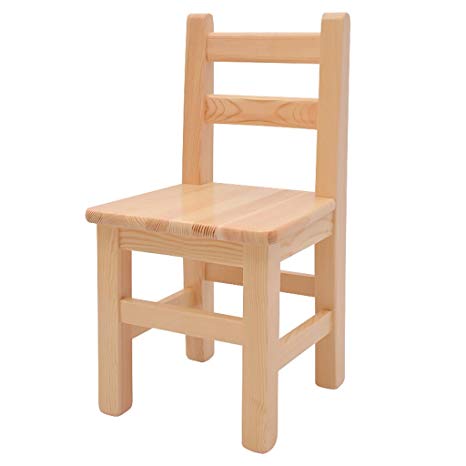
Author Dr. Dieter Breithecker. Dr. Breithecker is a German Health and Kinetics Scientist. He is the Head of the Federal Institute on the Development of Posture and Exercise in Germany and a member of “Ergonomics for Children & Educational Environment” (ECEE), a technical committee of the International Ergonomics Association. Between 1994 and 1999, he worked as Managing Director of an Ambulatory Rehabilitation Center with emphasis in orthopedic-traumatological syndromes. Dr. Breithecker is widely published on the subject of Ergonomics for Children and Human Workstations. As an international expert he has presented throughout Europe, Asia, Indonesia, North America, Australia and Saudi Arabia.

Reading this really reaffirms for me how much we love and appreciate all the thought, care and respect for the student that goes into so many details by the staff and teachers at this school. <3
Thank you so much for thinking about our children’s well-being from every angle. Our child has a genetic condition that makes it difficult for her to sit comfortably in a conventional chair for extended periods of time. Until recently she had to bring her own cushions to support her. Not with these new chairs – she is able to enjoy class like the rest of her peers without feeling singled out.